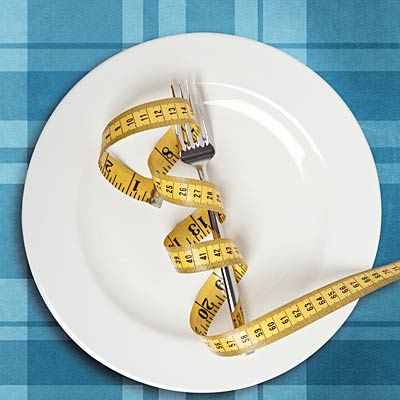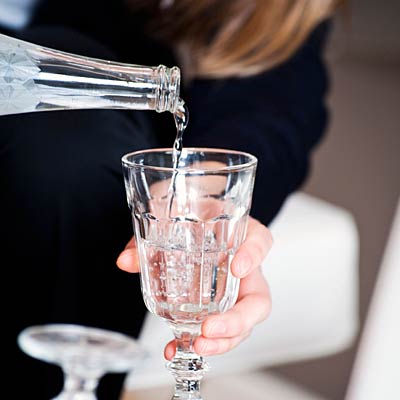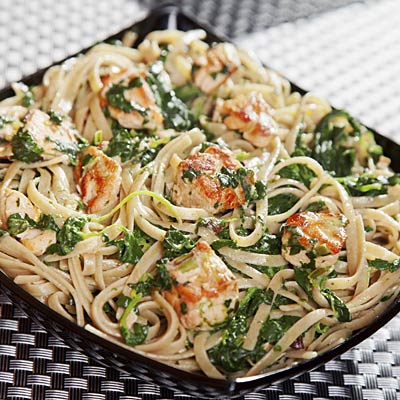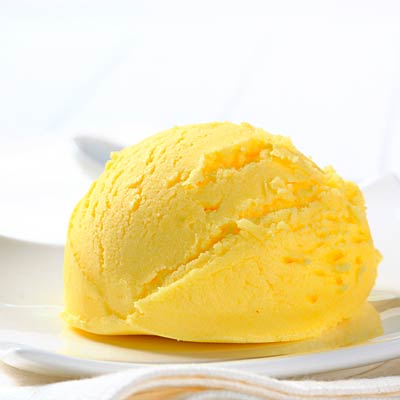Are Expired Medicines really Harmful ?

Storage conditions -- factors that negatively affect drugs

What does Expiration Date mean?
The expiration date, indicated the date the manufacturer guarantees the full potency and safety of the drug. At the time of the medication expiry date, the drug must be at least 90% of the original potency under proper storage conditions.
The expiration date does not indicate a point when a medication loses potency and is no longer effective or becomes harmful.
In general, drugs expiration date is 2-5 years from production date. For example, if a company chooses a two year expiration date, it does not have to test beyond that for prolonged effectiveness.
Potency and Efficacy.
Drug's potency begins to reduce from the moment it is manufactured; it is not in anyway spontaneous after the expiry date. Expired medications have not necessarily lost potency. The expiration date is only an assurance that the labeled potency will last at least until that time.
Important note: Solid dosage forms, such as tablets and capsules, are most stable past their expiration date. Drugs that exist in solution or as a reconstituted suspension may not have the required potency if used when outdated.
Safety and Toxicity.
Contrary to common belief, there is little scientific evidence that expired drugs are toxic. There are virtually no reports of toxicity from degradation products of outdated drugs.
According to The Medical Letter the only report of human toxicity that may have been caused by chemical or physical degradation of a pharmaceutical product is renal tubular damage that was associated with use of degraded tetracycline (GW Frimpter et al, JAMA 1963; 184:111). Since then, tetracycline products have been changed to eliminate the problem [2]. The lack of other reports of toxicity from expired medication is reassuring, however expired medication toxicity is not a well-researched field.
Liquid medications.
Drugs in liquid form (solutions, suspensions) are not as stable as solid dosage forms (tablet, powder, capsule). Drugs prepared by addition of a solvent before dispensing or administration (such as suspensions of antibiotics for oral use or lyophilized drugs in vials for parenteral use) tend to be relatively unstable in the liquid state. Suspensions are especially susceptible to freezing. With ophthalmic drugs, the limiting factor may not be the stability of the drug, but the continued ability of the preservative to inhibit microbial growth.
Injectables, that have become cloudy or discolored or show signs of precipitation should not be used.
Drugs that should never be used past their expiration date.
Certain medications have a narrow therapeutic index and little decreases in the pharmacological activity can result in severe consequences for patients. Respect expiration date is obligatory for the following medications:
- Anticonvulsants - narrow therapeutic index
- Dilantin, phenobarbital - very quickly lose potency
- Nitroglycerin - very quickly lose potency
- Warfarin - narrow therapeutic index
- Procan SR - sustained release procainamide
- Theophylline - very quickly lose potency
- Digoxin - narrow therapeutic index
- Thyroid preparations
- Paraldehyde
- Oral contraceptives
- Epinephrine - very quickly lose potency
- Insulin - very quickly lose potency
- Eye drops - eyes are particularly sensitive to any bacteria that might grow in a solution once a preservative degrades.
Storage conditions -- factors that negatively affect drugs
- light (especially sunlight)
- oxygen
- moisture
- extreme temperatures
Proper storage is an important factor. Medications react to the environment around them and breakdown over a period of time.
Factors to consider in deciding whether to use an expired medication:
- Dosage formulation -- liquids are generally unstable.
- Package-type, container closure system.
- Storage conditions. Medications do retain their effectiveness longer if they are kept unopened.
- Length of time between initial manufacture and final use.
- Appearance of medication. Do not use if: tablets are brittle or breaking apart; tablets or capsules have loss of sheen; tablets or capsules are soft; emulsions or suspensions remain separate despite shaking; injectables appear discolored or a precipitate has formed. With aspirin, it's easy to tell if it's "going bad": the stronger it smells, the less effective it is. Never take medicine that seems suspicious in some other way.
Can you take expired medications or not?
The wisdom suggests that if your life does depend on an outdated drug, and you must have 100% of the original strength, it is wise to follow the cliché "better safe than sorry".
If your life does not depend on an expired drug -- such as headache, common cold, or constipation -- take the medication and see what happens.
Medical authorities uniformly say it is safe to take drugs past their expiration date -- no matter how "expired" the drugs purportedly are. Except for possibly the rarest of exceptions, you won't get hurt and the drug certainly won't turn into a poison.
References
- 1. Lyon RC, Taylor JS, Porter DA, Prasanna HR, Hussain AS. Stability profiles of drug products extended beyond labeled expiration dates. J Pharm Sci. 2006 Jul;95(7):1549-60. PubMed
- 2. Drugs past their expiration date. Med Lett Drugs Ther. 1996 Jul 19;38(979):65-6. The Medical Letter
- 3. Lee Cantrell. Stability of Active Ingredients in Long-Expired Prescription Medications. Arch Intern Med. 2012;172(21):1685-1687
- 4. American Medical Association. "Pharmaceutical Expiration Dates." Report 1 of the Council on Scientific Affairs (A-01). July 25, 2001. Accessed November 18, 2011.
If you are a doctor or going to be a doctor or a common man
To understand better click here to watch a video on youtube made by DNEWS.
Source: emedexpert.com








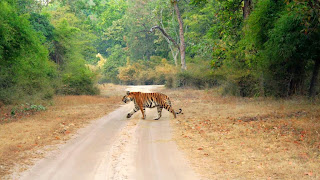

_at_Bharatpur_I_IMG_5637.jpg)

